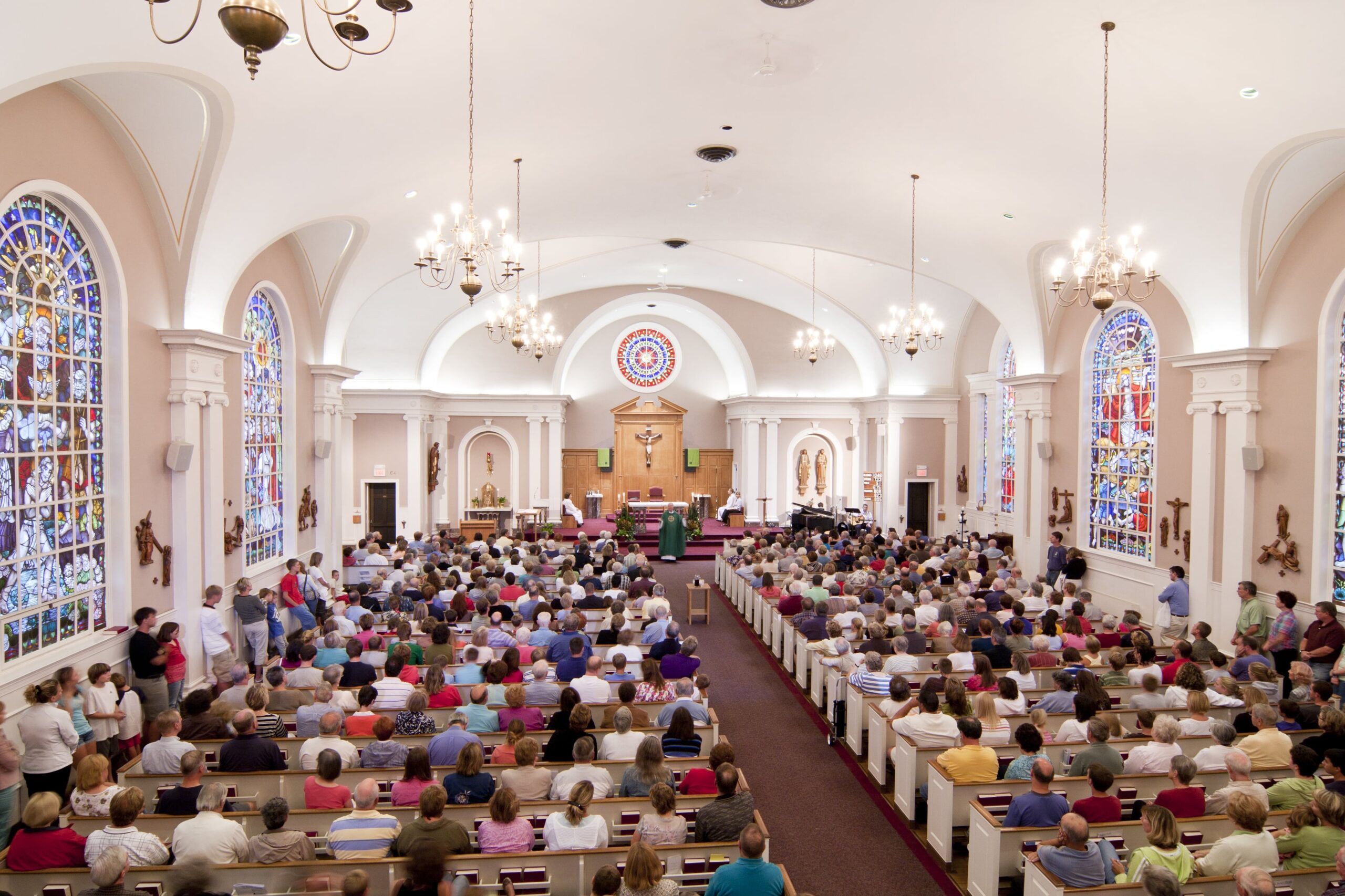Church is comprised of people; not a building or set of programs. We know this, we say this, but we often don’t live it. Try as we might, it’s hard to escape the ideas of “going to church” or “helping out at church.” The evidence slips off the tip of our tongue and condemns us like the chocolate smeared face of a thievish toddler.
Why is it so hard to live “outside” the church? How do we foster real relationships and godly interactions “outside” the church? How do we shift our paradigm to one through which we truly live out our faith as if the Church is the Body of Christ – a group of people – living in community together?
The answer is not to burn down your church building or shred your programs. No one is talking about abandoning quality facilities that encourage great gatherings and ministry. Buildings, programming, and systems are all important resources that support the work of ministry. But, when people develop a greater connection to any of those – than to the people around them – it’s time to get serious about strengthening relationships “outside” the church building.
Building and strengthening relationships outside the church will create more unity, community, and commitment in all the people who comprise the church.
This is where systems and tools come in – to support the genuine efforts of others to connect in daily life.
How many times have you said (and meant) something like: “We really need to get together soon?” or, “Oh, we love doing that! Let’s go and do that together!”? How often did you actually follow through?
People want to connect; they desire community. Think about it, people don’t come to church to be away from other people. That’s completely counter-intuitive. They come looking for a connection, for a relationship, for some value that can only be offered by living in covenantal community with other like-minded people. And yet, in this age of ever-increasing technology and connectivity, people just aren’t connecting as much.
Let’s put our technology to work for us in a way that really moves us to connect, in real life, with real people, doing real ministry.
With a powerful ChMS that has group and member profile management and communication tools, you can create a system that helps people build and maintain the relationships they are longing for.
Here are just a few of the ways you can help your church, using a ChMS:
- Help them discover people with aligned interests by searching profiles
- Create online groups of people in similar life stages and areas
- Schedule events with reminders inside unique groups, to keep the activity alive
- Communicate with people in the group, fostering healthy discussions
- Have a group calendar of events so everyone can see upcoming events
- Make it easy to find and share contact information
- Encourage people to personalize their profiles to help others get to know them
- Give your people the tools and information they need to connect
People with good intentions and a desire to connect often don’t because they just don’t have the information or inspiration they need. One might be ready to call the other, then can’t find the phone number. The other might want to invite someone to a concert, but isn’t sure of their taste in music. One might want to invite another to the splash pad, but isn’t sure if she has kids.
The key is to remove the barriers to connection and provide tools and ideas for relationship building. It’s only then that relationships will thrive and the love that is the lifeblood of the church will freely flow through the Body.
If you’re building relationships outside the building, you’re building the Church.



